Sony’s history with controllers is as illustrious as it is infamous, encompassing some of the bigger innovations and embarrassments in the industry. With the unveiling of the DualSense, the controller for the next-generation PlayStation 5 console, we thought it would be nice to look back on the evolution of PlayStation controllers throughout history. Funnily enough, the company’s illustrious DualShock line-up didn’t actually launch with the PlayStation One. It all started in the beginning with what was succinctly named the PlayStation Controller.
Much has been said about Sony’s deal to work with Nintendo and develop a CD-ROM add-on for the SNES. This would spiral into a standalone console known as the PlayStation and the creation of the PlayStation Controller. While taking inspiration from the SNES controller, Sony’s creation would have several key differences – the use of shapes to denote its action buttons, two sets of shoulder buttons and grips to make it easier to handle the expanded button setup.
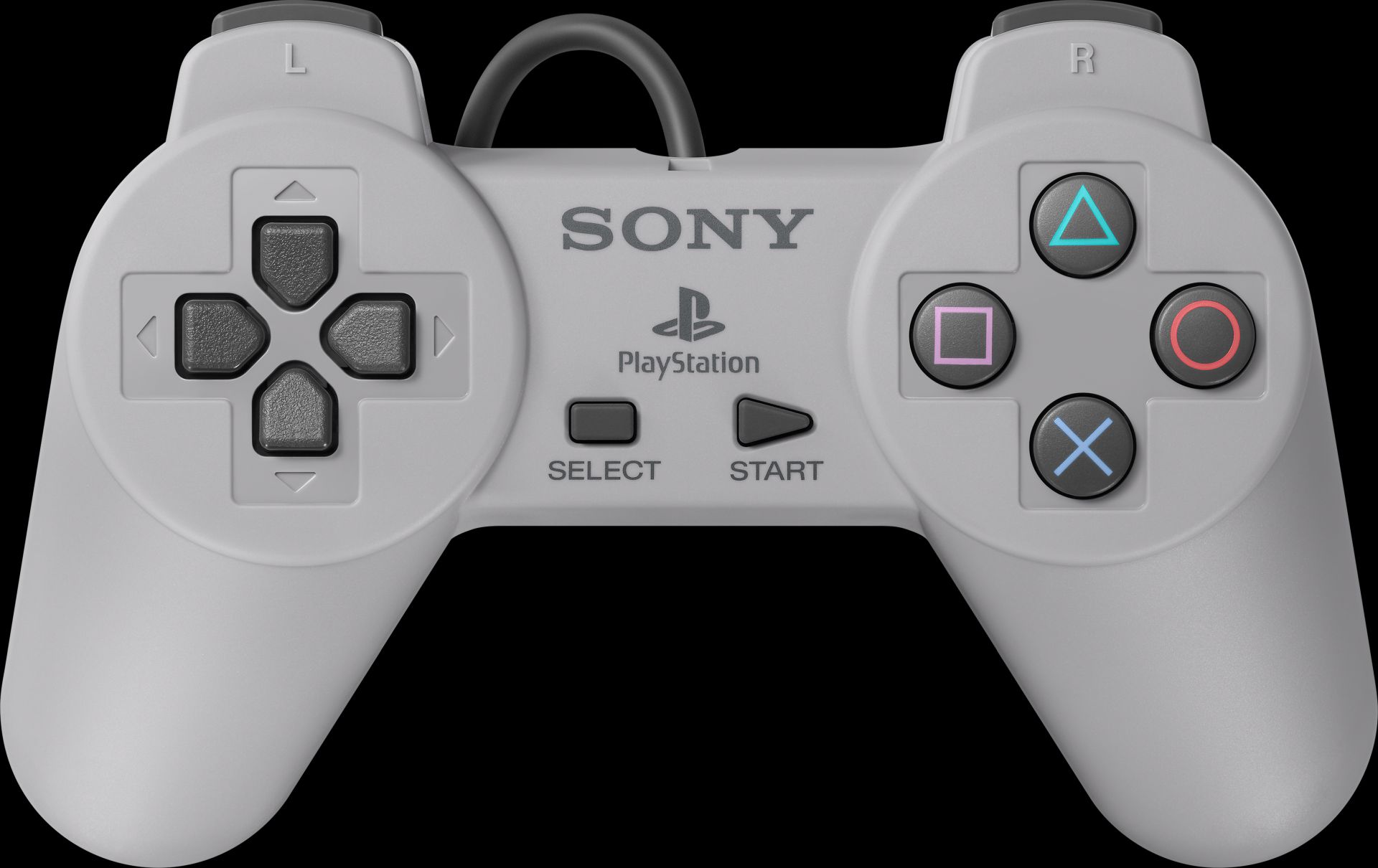
Sony’s use of shapes wasn’t a haphazard decision. Along with becoming a key part of the PlayStation’s marketing, they denoted different actions like Triangle for PoV, Circle for confirming options and Cross or X for canceling, and Square for menus. In retrospect, it’s funny how the Circle is used to cancel choices while Triangle is used to access menus in many games today.
Overall, the PlayStation Controller was a good effort and launched with the PlayStation One in 1994. Better things were coming though. At the PlayStation Expo 96-97, Sony showcased the predecessor to the future – the Dual Analog Controller. Similar to the PlayStation Controller in almost every way, it carried two analog sticks and three operating modes. The first, Digital Mode, allowed for using the controller’s directional buttons and disabling the sticks. The second was Analog which enabled the sticks while the third, Analog Flightstick, was based off of Sony’s short-lived PlayStation Analog Joystick.
Complaints began to mount over the long grips and lack of Rumble for Dual Analog Controllers in the West. At the time, it was thought that Sony was keeping manufacturing prices down. The company also cited rumble as being one cause of controller issues, hence the exclusion. Behind the scenes though, the war over rumble copyright infringement was taking shape. For the time being, the PlayStation Analog Controller launched in April 1997 and was subsequently discontinued in 1998.
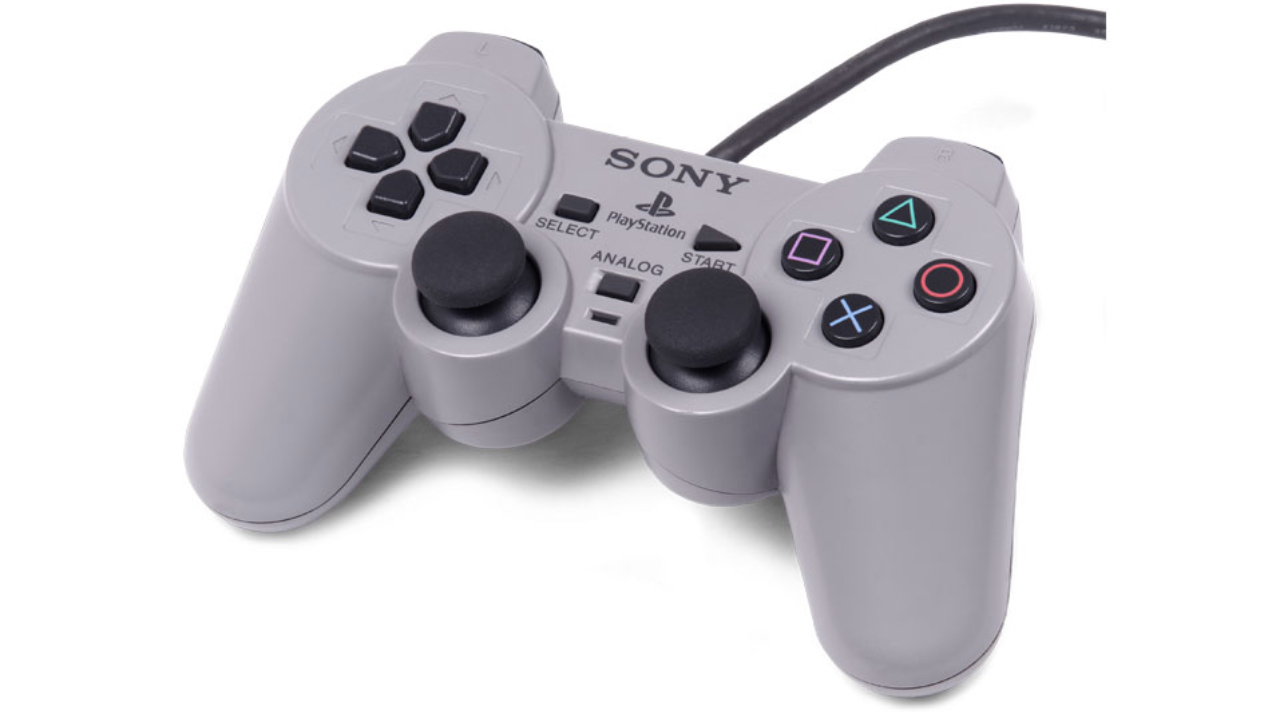
Thankfully, Sony would have a replacement ready by November 1997 – the DualShock, the de facto controller of choice going forward.
Boasting dual analog sticks, each with a vibration motor, the DualShock also felt more comfortable thanks to the rubber texturing on the analog sticks. It wouldn’t take long before the sticks were adapted by a number of different companies. There were even releases like Ape Escape which mandated playing with both analog sticks as opposed to either the D-Pad or face buttons.
With the PlayStation already seeing exceptional success, the DualShock cemented itself as one of the best controllers at the time. The design would see very minimal changes when the PS One, Sony’s smaller redesign of the console, released but it was still very much the same controller.
To no one’s surprise, Sony didn’t try to fix what wasn’t broken as it transitioned into the next generation. The DualShock 2 released with the PlayStation 2 in 2000 and stuck with the same button layout, two analog sticks (which feel somewhat stiffer than its predecessor’s but still), two shoulder buttons and so on. A few key differences were included though, like analog support for the buttons and D-Pad, with the added sensitivity factoring into some PS4 titles, and less weight than the original DualShock.
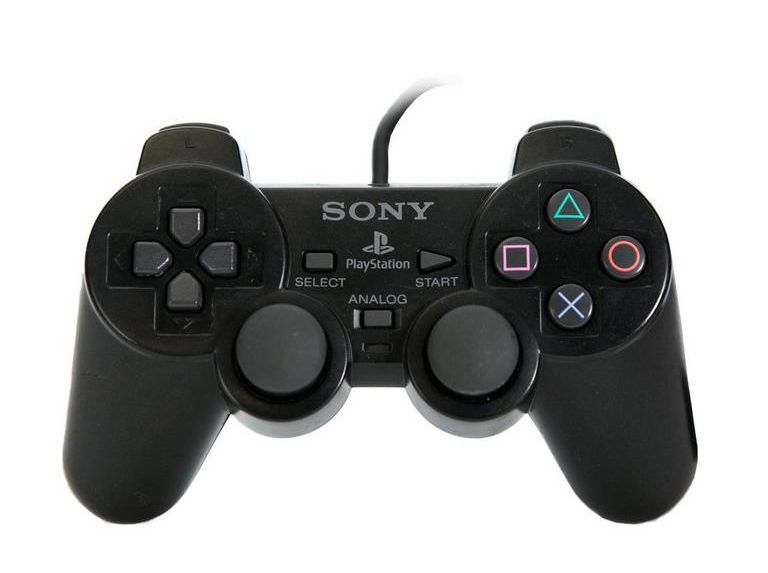
Riding the wave of the PlayStation 2’s success, the DualShock 2 was a worthy follow-up and stood out in an era of over-sized Xbox controllers and unorthodox Nintendo controllers. The DualShock 3 was mean to continue this line-up of controllers and was seemingly poised to launch with the PS3 in time for the seventh generation of consoles.
Of course, that’s not what we got. Instead, Sony unveiled something altogether different – a boomerang-shaped controller. This debuted at E3 2005 and was routinely ridiculed for its long handles and odd shape (which the company clarified to just be a concept rather than the final design). Unfortunately, the company then unveiled the actual controller for the PS3 – the Sixaxis. “Hold up,” you might ask. “How do you go from the DualShock 1 and 2 for the PS1 and PS2 respectively to this new Sixaxis controller for the PS3?”
The lack of the trademark DualShock brand wasn’t the only problem. Instead of vibration aka rumble, the Sixaxis employed motion sensing technology. Players could tilt the controller across the X, Y and Z axes in different ways, providing six degrees of freedom. Interestingly, the Sixaxis had some other new features including the introduction of the PS Button to replace the Analog button; the use of both analog and digital signals; changing the L2 and R2 buttons to act more like squishy triggers; and more.
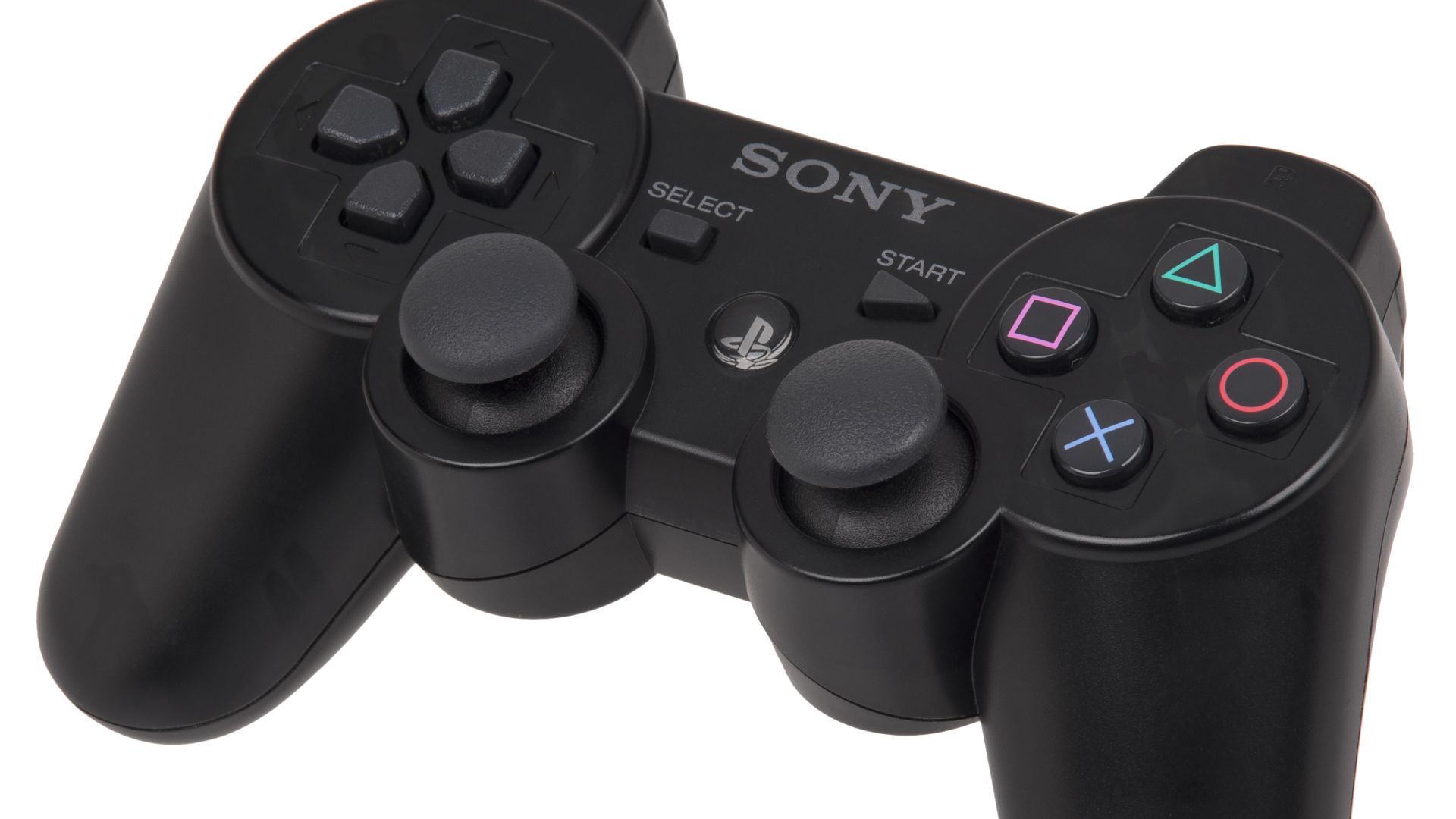
However, the motion sensing controls were received negatively, mostly because of the timing of the announcement. It was revealed several months after Nintendo’s Wii reveal which had a Wii-mote for motion-sensing and came across as an imitation. And despite being the major selling point of the Sixaxis, there wasn’t many games that were confirmed to support motion controllers before launch.
We did inevitably see the likes of Warhawk and Lair, the latter infamous for reportedly suffering in order to support motion-sensing controls. The jury is still out today as to how stringently Sony mandated Sixaxis support for its games but it did crop up in major releases like Heavy Rain and Killzone 2 over the years.
Sony did provide reasons for introducing motion-sensing tech and removing rumble but the real answer lay in that ongoing lawsuit with Immersion. The latter took umbrage with companies infringing on its copyrights for haptic technology. Though Microsoft chose to settle – and even purchased a 10 percent stake in the company – Sony failed to come to terms with Immersion before the PS3’s launch. As a result, the DualShock 3 was sidelined in favor of the Sixaxis.
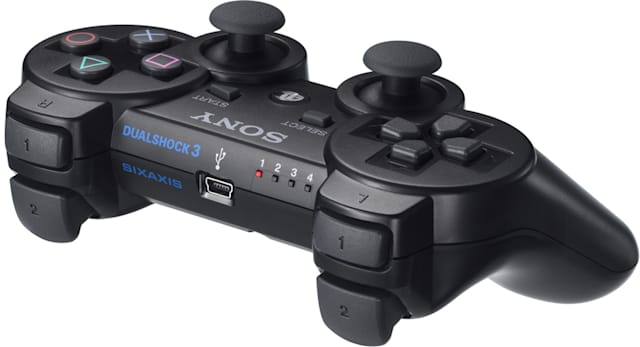
Thankfully, this didn’t last long. The DualShock 3 would be revealed in 2007 and released worldwide in 2008, with rumble making its return. In terms of design and other features though, both controllers were identical – the DualShock 3 even had motion sensing tech. By April 2008, the Sixaxis was discontinued completely and the DualShock 3 was the default PS3 controller going forward.
2013 signaled the arrival of the next-generation of consoles. Microsoft was busy revamping the Xbox One into an all-in-one entertainment solution with its controller being changed to reflect as much. Sony’s DualShock 4 was introducing some major changes of its own, including one that would serve as a minor revelation of sorts.
Revealed in February 2013, the DualShock 4 was very much similar to its predecessor in terms of button layouts, analog sticks, triggers and the implementation of motion-sensing. In terms of feel, the analog sticks sported outer rings for easier gripping and the digital pad’s buttions were more concave-shaped with the center being recessed. Sony spent an exceptional amount of time tuning the latter to make the controller feel better for fighting games.
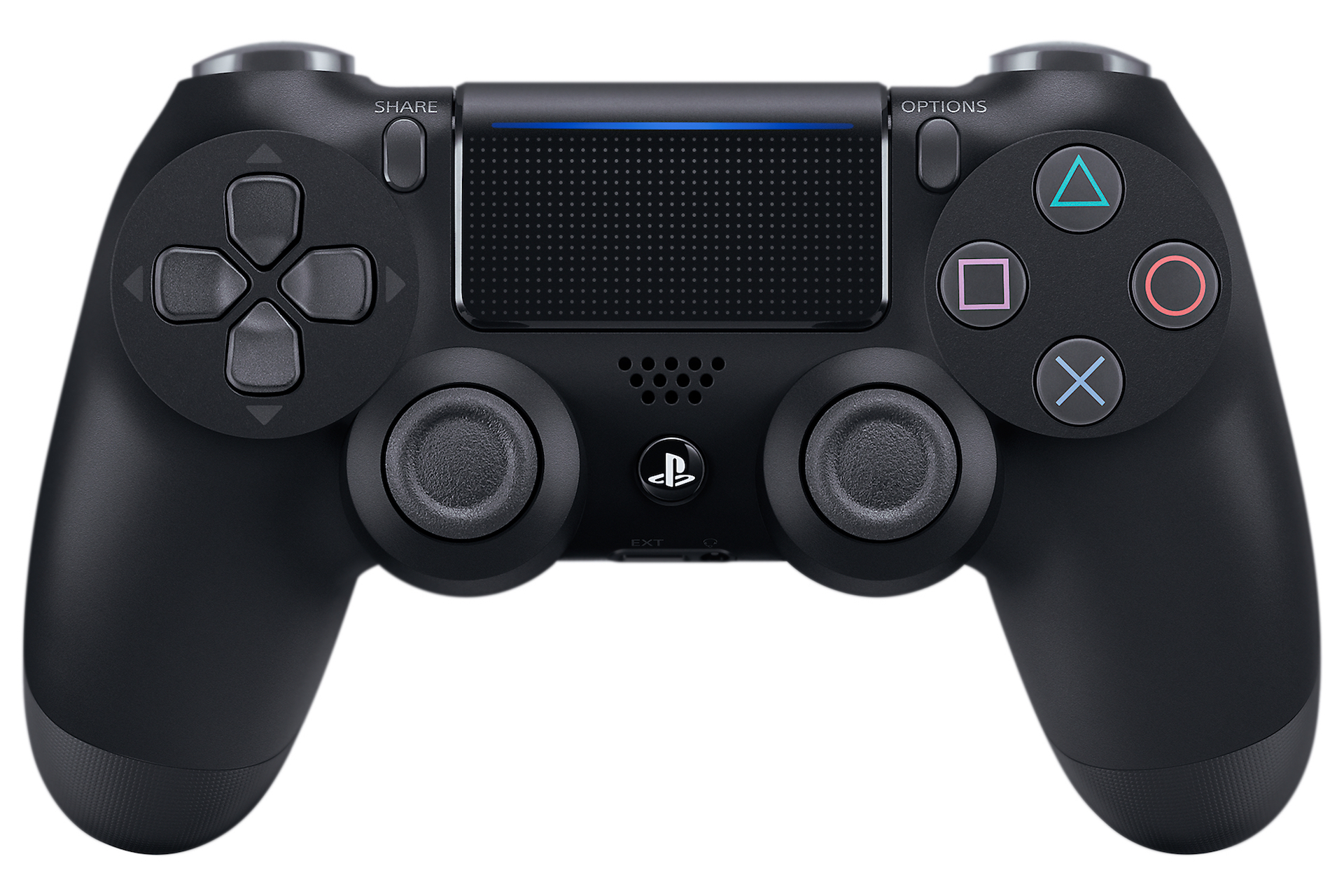
However, a large touchpad now adorned the front where the “Sony” logo used to be. The Options button combined the functions of the Start and Select buttons into one. A mono speaker was visible just below the touchpad and would relay sounds based on the game, even being capable of playing game audio. And at the top of the controller was a light bar which could change under different circumstances (and would be useful for another Sony invention down the line, namely PlayStation VR). Its default color was blue but it could change – if a second player joined on the same console, their light bar would turn red to distinguish, for example.
There was also the Share button which allowed players to capture screenshots and videos from gameplay. Though the Xbox One could also capture gameplay footage and screenshots, the Share button was more seamless and significantly more streamlined, especially when sharing to social media. It’s probably no coincidence then that the upcoming Xbox Series X controller now boasts its own dedicated Share button.
Despite some issues with the left analog stick’s surface, the DualShock 4 has been a success much like the PS4. The light bar, initially met with some skepticism, felt unobtrusive enough while also having some actual use, though Sony would issue a patch that allowed for disabling it altogether. The second generation of the DualShock 4, released in September 2016, featured slight improvements like better battery life and the light bar being visible from the top of the touch pad.
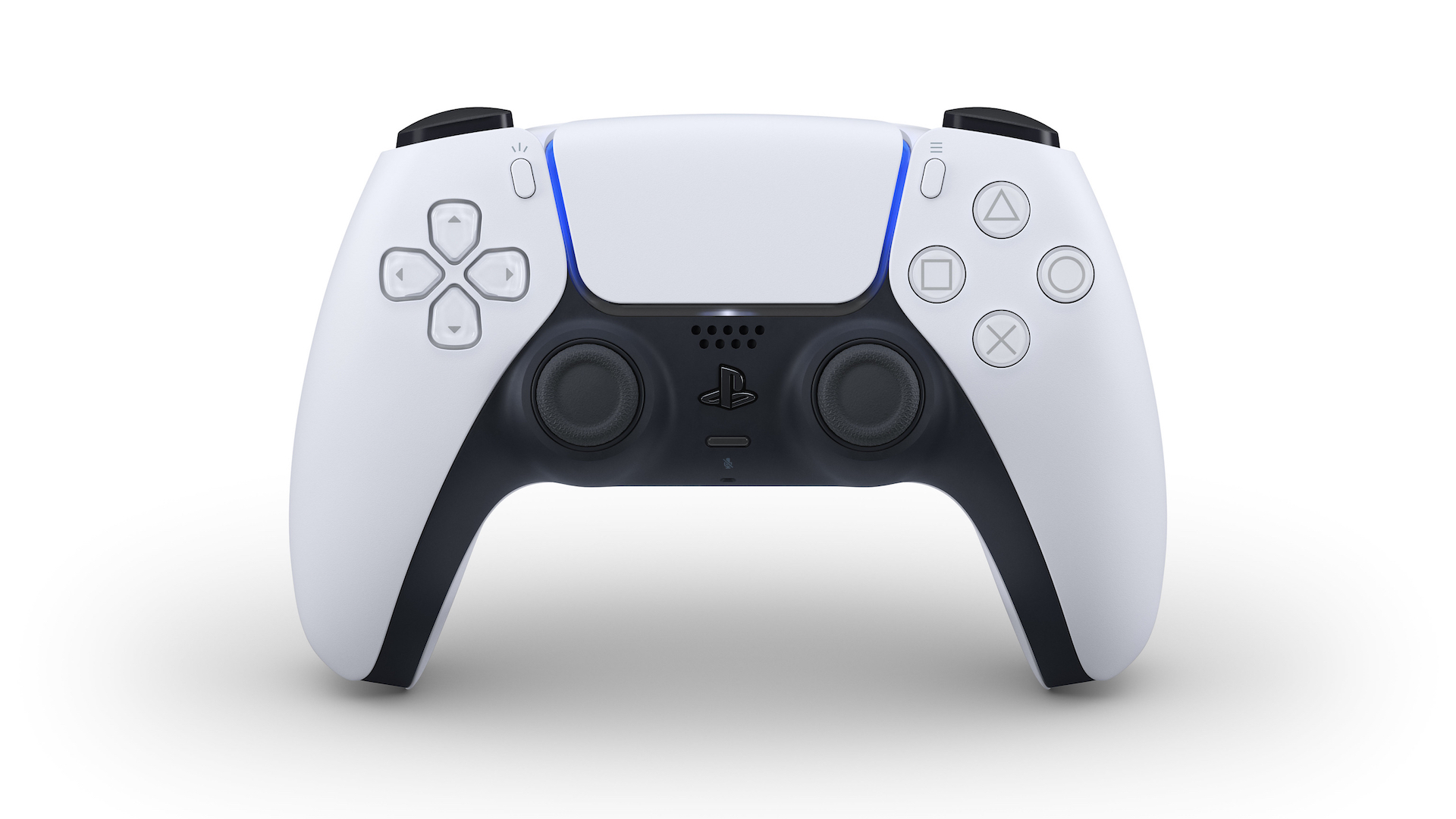
All these years later, we now have the DualSense coming up for the PlayStation 5, sporting a bold two-toned color design. The light bar has moved from the top to the edges of the touchpad; a new microphone array, sporting noise-cancellation, allows for chatting without a headset; a USB-C connector is now used for plugging and charging the controller; and the Share button has been replaced with the Create button. Sony has yet to share finer details on the controller’s functions but it did confirm strong battery life and a relatively light frame.
Perhaps the defining features of the DualSense are its adaptive triggers and haptic feedback which can simulate different kinds of pressure – the most common example provided is drawing an arrow with a bow. Expect more information on other ways this will be implemented along with how the Create button works in the coming months.
It’s crazy to look back and realize that the PlayStation brand has been around for almost three decades. It feels like almost yesterday when we marveled at the possibilities of two analog sticks on the original DualShock or questioned the horror that was the Sixaxis. Even as the DualSense is met with some skepticism and its fair share of memes, we can’t wait to see how this iteration will define the PlayStation 5 experience in the years to come.
By: Ravi Sinha
Title: The Evolution of PlayStation Controllers From The Original PlayStation To PS5
Sourced From: gamingbolt.com/the-evolution-of-playstation-controllers-from-the-original-playstation-to-ps5
Published Date: Mon, 27 Apr 2020 12:45:54 +0000

No comments:
Post a Comment